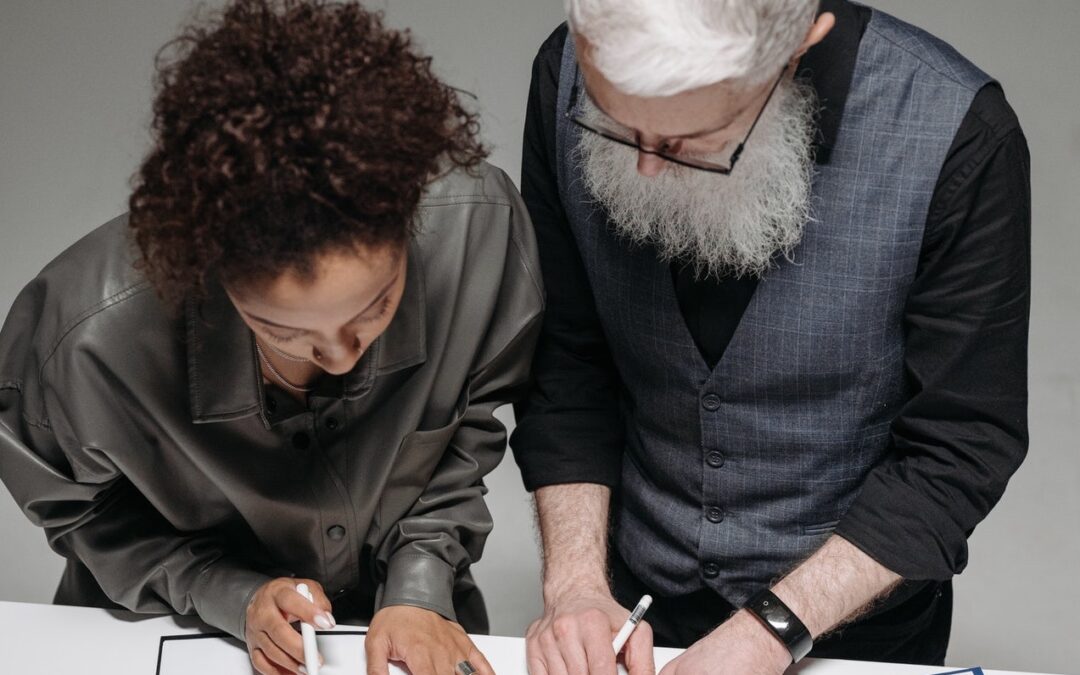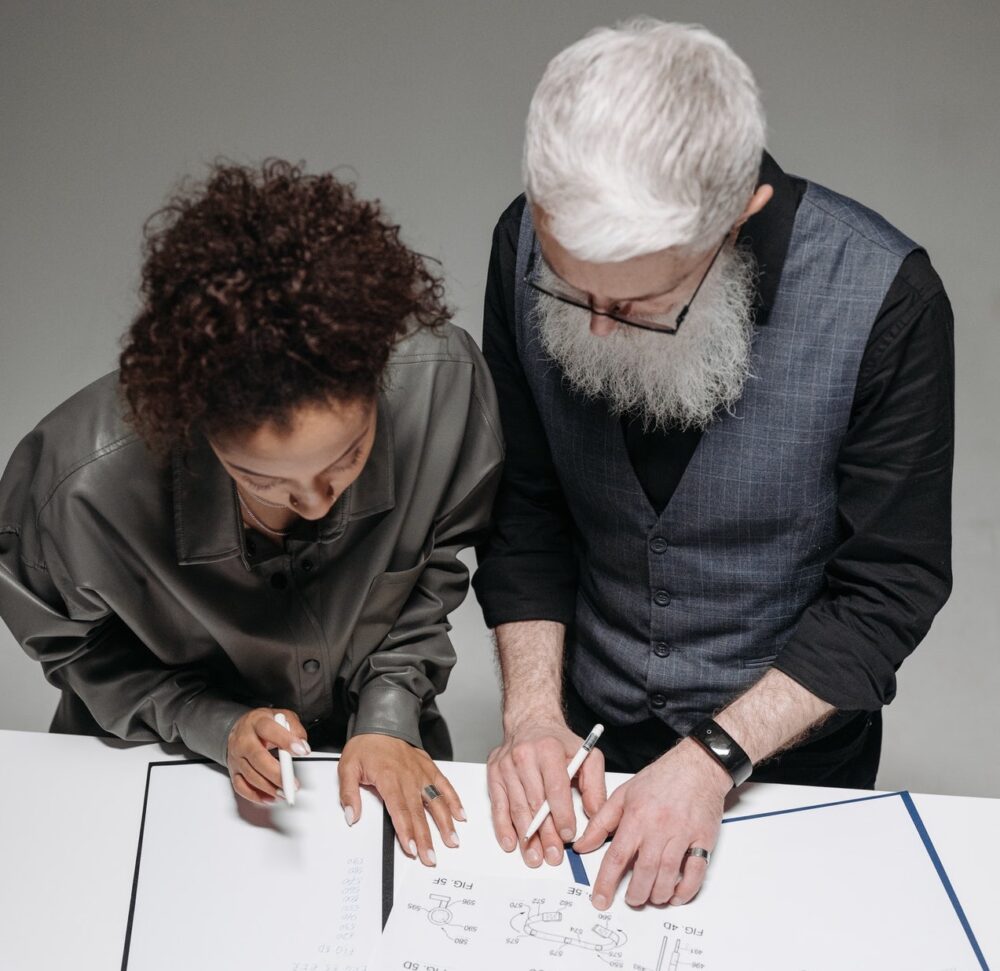
Emerging Trends in Design Thinking Innovation
Emerging Trends in Design Thinking Innovation
According to Tim Brown, Executive Chair of IDEO, “Design Thinking is a human-centered approach to innovation that draws from the designer’s toolkit to integrate the needs of people, the possibilities of technology, and the requirements for business success.”
Design Thinking was started as a process to create new technology and products. Today it is used worldwide, in all business sectors; private, public, business projects or personal. The Design Thinking methodology has been applied, practiced, and popularized by the design consulting firm IDEO.
If you ask any modern Design Thinking practitioner, they will tell you that it’s not about products, technology, or even design… it is a methodology that informs on how to serve the needs of people more effectively.
I equate Design Thinking to the application of emotional intelligence in solving problems that impact people, and the key cornerstone of it is empathy.
Why is Design Thinking Important?
Design Thinking assists organization in creating value for people. It aims to solve concrete problems that impact people and delivers solutions that align with people’s needs.
As designers unveil or identify issues, they can bring about innovative solutions.
In addition, it enables designers to tackle problems that people find difficult to define or verbalize. Furthermore, Design Thinking assists organizations to lead with innovation.
For example, a human can’t imagine things that cannot be believed. Therefore, it creates difficulty for the designers to land on a solution that does not exist. Using an iterative approach more often leads to innovative solutions.
It makes any organization run more efficiently and faster because it focuses on creating prototypes and testing to check their effectiveness, after a lot of listening to people and defining the problems.
Which Industries Can Benefit from Design Thinking?
Even if Design Thinking originated with designers, it is now used by people of all disciplines.
WeWork® has proved that applying this method by technologists delivered value to engineers, and business strategists. It helped them deliver value to the business owners and stakeholders.
Kaiser Permanente uses Design Thinking to bring about necessary changes among nursing staff.
The Singapore government used Design Thinking to secure work passes in simpler and more humane way.
Design Thinking helps tackle issues at companies like IBM, SAP, Toyota, and Intuit.
Design Thinking can be used by any complex systems such as government, business, or social organizations to break down problems and explore questions such as how it can respond to the growth of technology and globalization.
It is used to analyze rapid changes and how to address them and support individuals while understanding and providing solutions to larger organizations.
“Design Thinking helps businesses, government, and society be more creative, innovative and humane in dealing with people’s needs.”
Design Thinking Emerging Trends
Like any methodology, we are seeing Design Thinking evolving with new groundbreaking trends. Here are a few of them for your consideration:
Systems Thinking
Today’s world is interlinked and connected. Information flows instantaneously. This interconnection and quick flow of information can significantly impact the whole system as everything in today’s generation are so tightly connected.
This is where systems thinking comes in. Systems thinking is a discipline that enables the identification of the interests and needs of each stakeholder in the system. It allows them to examine the products or services to design the most influential ones.
In systems thinking, primary stakeholders’ consideration, interaction, and influence are required on the other stakeholders. While Design Thinking is human-centric, system thinking is stakeholder-centric. It also focuses on understanding the elements needed within the business system, services, and products.
Resilience Thinking
Design Thinking seeks to achieve excellence and near perfection, but what is perfection? On the other hand, thinking resilience is a solution designed to withstand changing circumstances that are bound to occur. Therefore, it becomes crucial to think beyond the boundaries of the issues at hand.
While Design Thinking focuses on solving problems for people, resilience thinking focuses on solving relevant problems that may arises, likened to contingency planning. Therefore, it is essential to understand the broader problem while adding resilience to Design Thinking.
Human-Centered Design
The concept of Design Thinking is based on two crucial foundations, human-centered design, and aggressive prototyping. The human-centric approach is the fundamental reason design-focused services and products have become successful.
However, as we are advancing toward our future, nothing is certain. We know there are more significant problems that require our attention and preparation. The bigger issues are international tension, climate change, political instability, and other issues.
There comes the concept of human-centric design that solely focuses on environmentally friendly approaches by proposing sustainable solutions.
Moreover, it readily embraces the thought that anything harmful to an individual can also cause drastic results to the community. Therefore, it is crucial to think of a solution that provides a stellar experience while also leading to a sustainable future.
Inclusive Thinking
During the research phases of Design Thinking we need to also emphasize diversity as we strive for innovation. Designers need to ask if they have involved the right people in defining problems, and who should voice the issues. They need to ask themselves if they are neglecting any community, and if they are doing what the solution can fix.
Therefore, since innovation is deeply rooted in creativity, having a broader knowledge of various backgrounds and sources is critically important.
So, inclusive thinking needs to have two sides to it. Being inclusive for the collaborators and the users. As a result, being an inclusive collaborator will leverage different perspectives and backgrounds.
While being user inclusive would bring a set of users who will reduce every chance of neglecting any community.
“The practice of inclusive designs truly focuses on all-people-centric innovative solutions.”
Master Framing the Problem
Design Thinking is a process that makes designers focus more on identifying problems and problem-framing rather than shifting full attention towards problem-solving.
That is why Design Thinking is the most sought-after process because it diverts the focus on the crucial aspect of innovation: listening to people and focusing on the needs of people. This requires emotional intelligence. Specifically empathy.
The concept of Design Thinking emerges as a significant way to innovate and be creative in framing how we look at problems and how we go about framing challenges before we develop solutions.
The closer we get to understanding what needs attention, what is broken, what is failing us as people, the closer we move towards delivering innovation.








Recent Comments